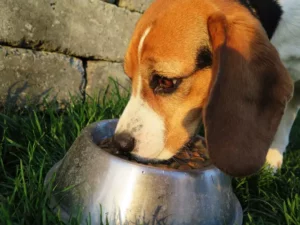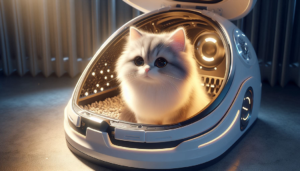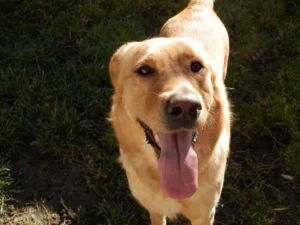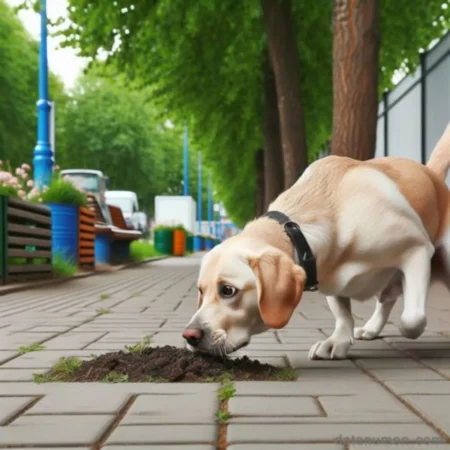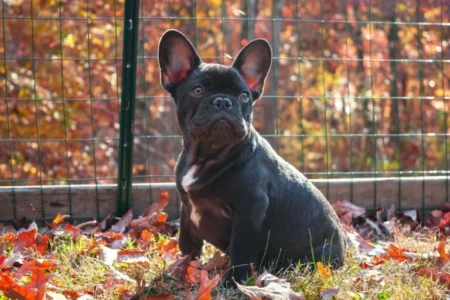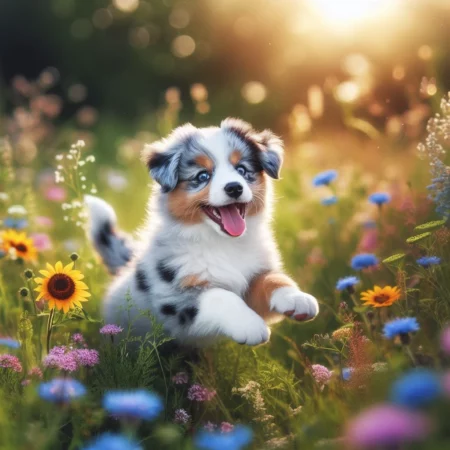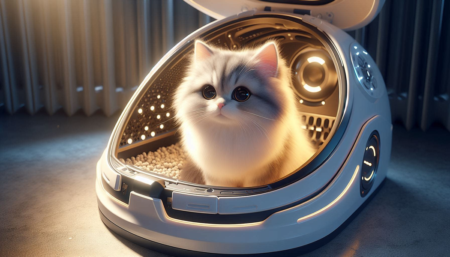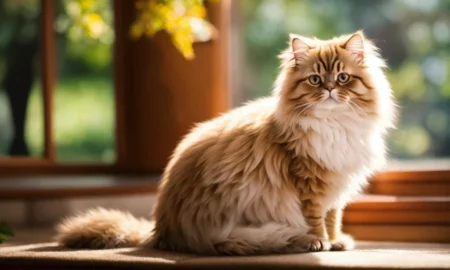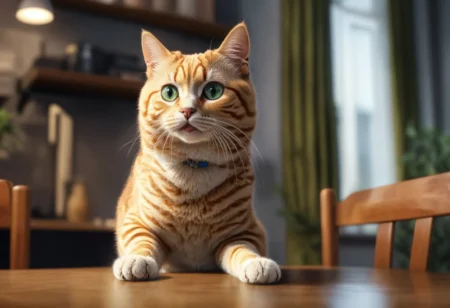Subscribe to Updates
Humans have bred animals for specific traits for centuries, but pursuing perfection often costs animal health. Famous…
Training & Behavior
If you have a mutt dog, you might wonder what makes him unique and how to care for him. A mutt dog…
The Mexican Hairless Dog, also known as Xoloitzcuintli or Xolo, is a rare and ancient breed that originated in Mexico. These dogs…
The American Akita, known as just Akita, has a rich history and distinct temperament. This breed is a challenging and strong-willed pet,…
If you’re the proud owner of an Akita dog, you know how loyal and protective they can be. However, owning an Akita…
